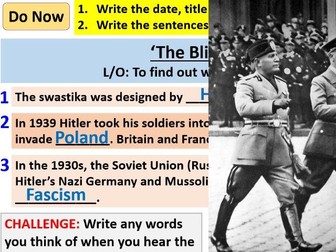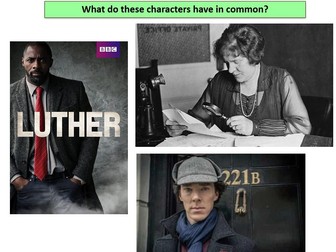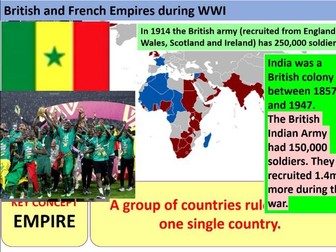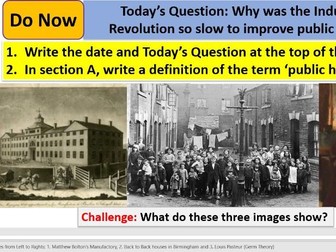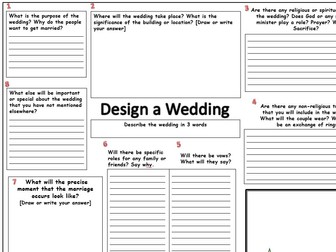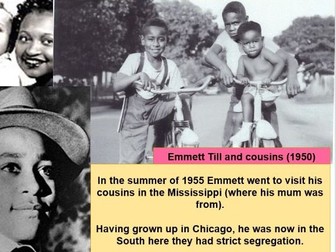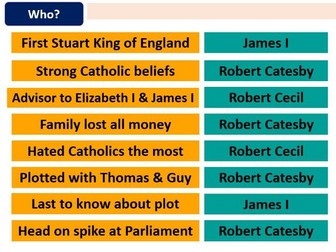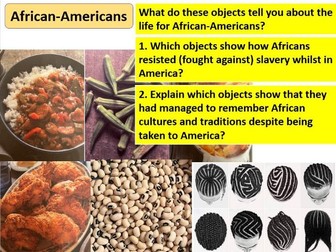
Battle of Britain and the Blitz
This lesson teaches both the Blitz and the Battle of Britain, and could be used over 1 or 2 lessons.
It’s a teacher-led lesson, which will get your class learning and writing a lot, and could be easily adapted for an ECT observation lesson. It was made for a class with challenging behaviour.
Student instructions are in yellow boxes.
The Do Now Activity recalls some basic information about the start of WWII. I used it for a class who had not studied it recently, so don’t worry if this is the first lesson in the scheme of learning or the class is lower ability.
Toward the end they have several sections of a YouTube video to watch, answering 4 questions. Carefully chosen timestamps are included.
The plenary ensures they leave the lesson understanding the key concepts.
